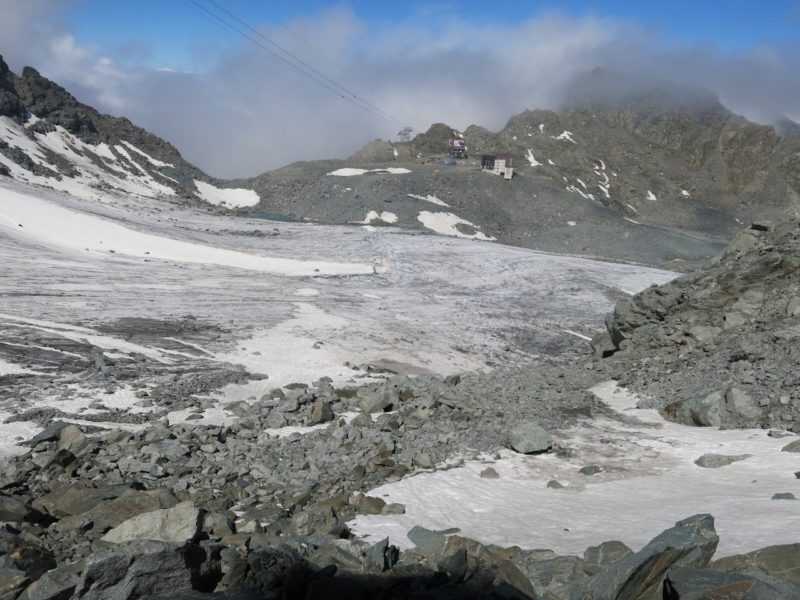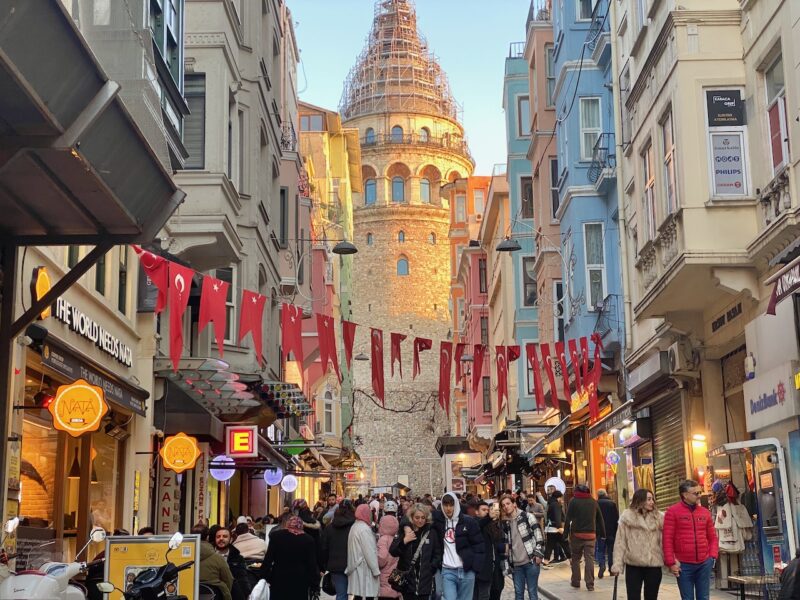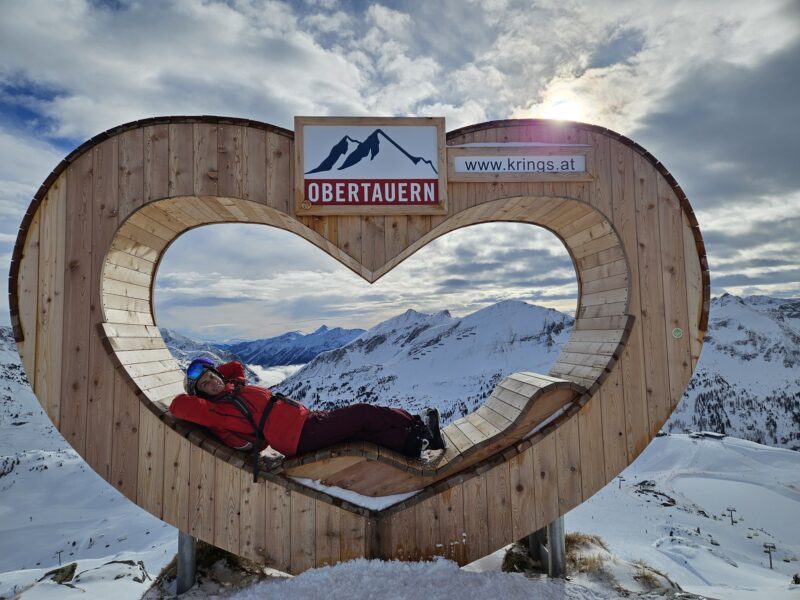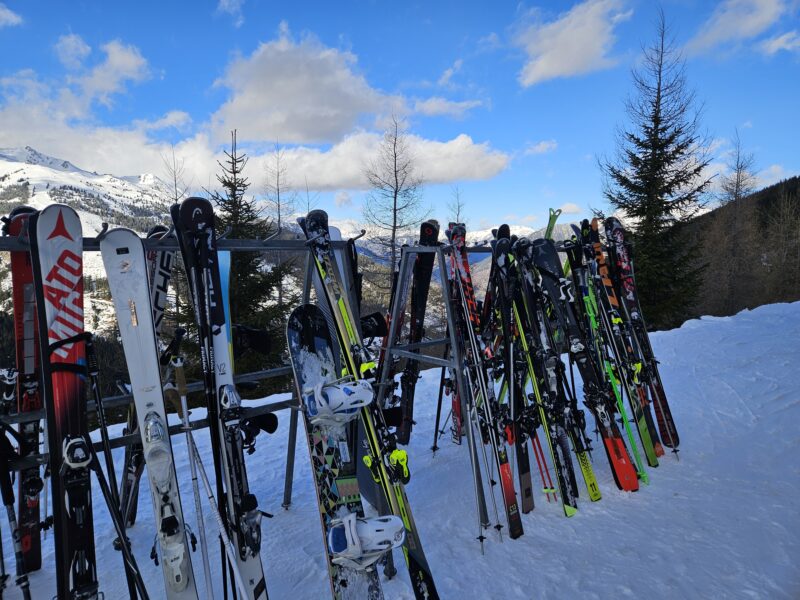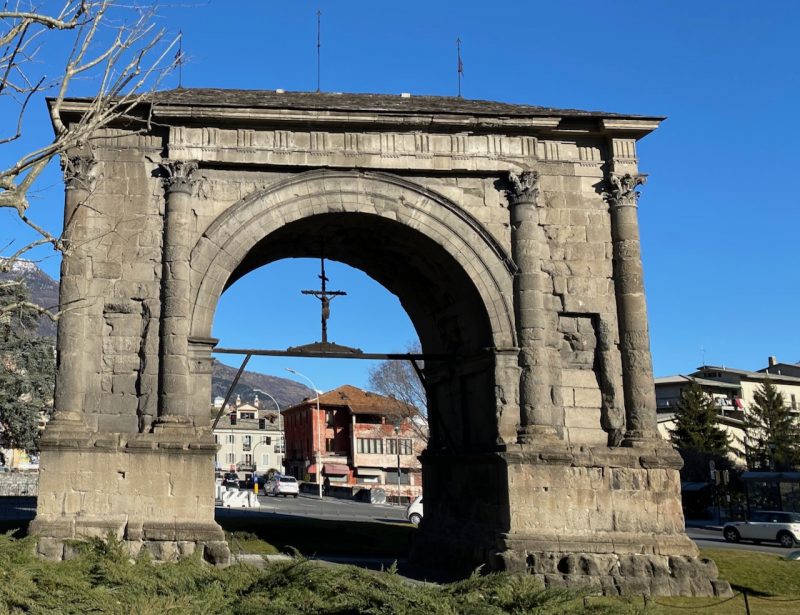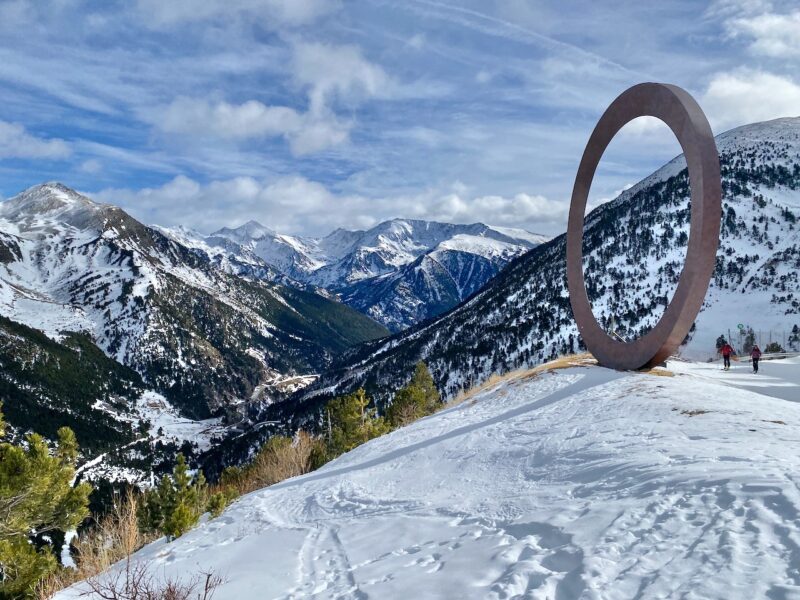Italian Glacier Covered to Prevent it Melting
6th July 2021
Last modified on July 9th, 2021
70m long strips of reflective material are being placed over the ice on the Pressena glacier to try to preserve it. Other glaciers in the Alps have also been covered with some limited success.
The tarpaulins were first used on the Presena glacier in 2008 after scientists observed that the glacier in the Italian Alps had lost 70% of its volume in the previous 15 years.
It is now claimed that up to 70% of the snow and ice is saved each summer as the sun’s rays are reflected away.
Scientists first covered 30,000 sq metres when the project began and now 100,000 sq metres is under wraps.
The base of the glacier is at an altitude of 2,700m and it rises to 3,000m.
Battling to save northern Italy’s Presena glacier from further shrinking, climate experts are covering it with long strips of cloth which will reflect the sun’s rays and prevent the snow beneath from melting https://t.co/4YHYCgTj8k pic.twitter.com/8tKFKuGzCK
— Reuters (@Reuters) July 6, 2021
The tarpaulins are geotextile that reflect sunlight, and thus the ice maintains a lower temperature than the external one.
The tarpaulins are sewn together and held down by bags of sand.
“Glaciers and their retreat are perhaps the most striking manifestation of ongoing global warming,” said Christian Casarotto from the Trento Science Museum, to Reuters.
The first attempts to partially cover a glacier with tarpaulin came in 1993 on the Zugspitze in southern Bavaria in Germany.
Since then several glacier areas in Switzerland and Austria have followed suit.
In Switzerland glacier covering has been carried out by the Swiss Federal Institute for Forest, Snow and Landscape Research (WSL), the federal technology institute ETH Zurich and the University of Fribourg.
“Covering is not a silver bullet for preventing glacier retreat,” the researchers say.
“While local covers can indeed be efficient and profitable, application on a larger scale, as a means of completely saving entire Alpine glaciers, is unlikely to be feasible or affordable.”
The first glacier in Switzerland to be protected with a white tarpaulin was the Gurschenfirn on the Gemsstock above the Swiss ski resort of Andermatt.
It has been covered from late spring through to autumn since 2004.
It keeps the glacier thick enough for people to ski down from the cable-car station.
Since 2004, glaciers have been partially covered at seven other locations in the Swiss Alps at altitudes of between 2,250 and 3,250 m above sea level.
A very small glacier on the Diavolezza at Pontresina, was ‘brought back to life’ after having virtually disappeared.
Each year, the snow that has fallen in winter is preserved under a fleece over the summer, so that the thickness of the ice has started to increase again.
The Rhone Glacier has Switzerland’s largest glacier cover, extending over approximately 50,000 m2.
Just 0.02% of Switzerland’s total glacier area is covered.
This has preserved – at least temporarily – 350,000 m3 of glacier ice each year.
It is estimated it would cost more than CHF 1 billion (£785 million/ €905 million) a year to cover all Swiss glaciers.
Related Stories
Top 5 Resorts for Summer Skiing
Val d’Isere Opens for Glacier Skiing
Summer Skiing Set to Start on Austrian Glacier at End of May
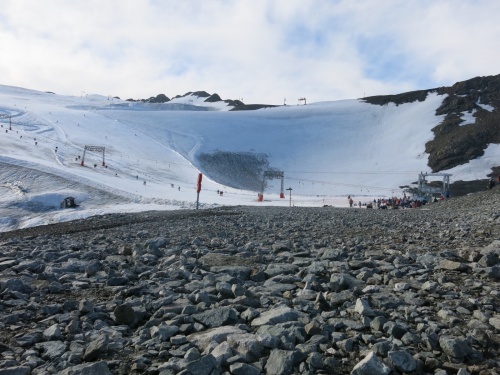
Alpine glaciers. Image © PlanetSKI.

